
This 6th edition published in 2008, reprinted 2009, 2011 by:
Marshall Cavendish Corporation
99 White Plains Road
Tarrytown, NY 10591-9001
www.marshallcavendish.us
First published in 1996 by Times Editions Private Limited, reprinted 1997 (twice); 2nd edition published in 1998, reprinted 1999 (twice); 3rd edition published in 2000 by Times Media Private Limited, reprinted 2001, 2002; 4th edition published in 2003 by Marshall Cavendish International (Asia) Private Limited, reprinted 2004; 5th edition published in 2005.
2008 Marshall Cavendish International (Asia) Private Limited
All rights reserved
No part of this publication may be reproduced, stored in a retrieval system or transmitted, in any form or by any means, electronic, mechanical, photocopying, recording or otherwise, without the prior permission of the copyright owner. Request for permission should be addressed to the Publisher, Marshall Cavendish International (Asia) Private Limited, 1 New Industrial Road, Singapore 536196. Tel: (65) 6213 9300, fax: (65) 6285 4871.
E-mail:
The publisher makes no representation or warranties with respect to the contents of this book, and specifically disclaims any implied warranties or merchantability or fitness for any particular purpose, and shall in no event be liable for any loss of profit or any other commercial damage, including but not limited to special, incidental, consequential, or other damages.
Other Marshall Cavendish Offices:
Marshall Cavendish International (Asia) Private Limited. 1 New Industrial Road, Singapore 536196  Marshall Cavendish International. PO Box 65829, London EC1P 1NY, UK
Marshall Cavendish International. PO Box 65829, London EC1P 1NY, UK  Marshall Cavendish International (Thailand) Co Ltd. 253 Asoke, 12th Flr, Sukhumvit 21 Road, Klongtoey Nua, Wattana, Bangkok 10110, Thailand
Marshall Cavendish International (Thailand) Co Ltd. 253 Asoke, 12th Flr, Sukhumvit 21 Road, Klongtoey Nua, Wattana, Bangkok 10110, Thailand  Marshall Cavendish (Malaysia) Sdn Bhd, Times Subang, Lot 46, Subang Hi-Tech Industrial Park, Batu Tiga, 40000 Shah Alam, Selangor Darul Ehsan, Malaysia
Marshall Cavendish (Malaysia) Sdn Bhd, Times Subang, Lot 46, Subang Hi-Tech Industrial Park, Batu Tiga, 40000 Shah Alam, Selangor Darul Ehsan, Malaysia
Marshall Cavendish is a trademark of Times Publishing Limited
eISBN 13: 978 981 4435 69 7
Please contact the publisher for the Library of Congress catalog number
Printed in Singapore by Times Printers Pte Ltd
Photo Credits:
Black and white photos by Archiv fr Kunst und Geschichte:  Inter Nationes: 16, 54, 79, 115, 117, 165, 187, 205, 207, 211, 213, 226, 227, 263, 282. Colour photos from Getty Images pages fg; Photolibrary pages a, bc, de, h, i, jk, lm, no, p
Inter Nationes: 16, 54, 79, 115, 117, 165, 187, 205, 207, 211, 213, 226, 227, 263, 282. Colour photos from Getty Images pages fg; Photolibrary pages a, bc, de, h, i, jk, lm, no, p  Cover photo: Corbis.
Cover photo: Corbis.
All illustrations by TRIGG
ABOUT THE SERIES
Culture shock is a state of disorientation that can come over anyone who has been thrust into unknown surroundings, away from ones comfort zone. CultureShock! is a series of trusted and reputed guides which has, for decades, been helping expatriates and long-term visitors to cushion the impact of culture shock whenever they move to a new country.
Written by people who have lived in the country and experienced culture shock themselves, the authors share all the information necessary for anyone to cope with these feelings of disorientation more effectively. The guides are written in a style that is easy to read and covers a range of topics that will arm readers with enough advice, hints and tips to make their lives as normal as possible again.
Each book is structured in the same manner. It begins with the first impressions that visitors will have of that city or country. To understand a culture, one must first understand the peoplewhere they came from, who they are, the values and traditions they live by, as well as their customs and etiquette. This is covered in the first half of the book
Then on with the practical aspectshow to settle in with the greatest of ease. Authors walk readers through how to find accommodation, get the utilities and telecommunications up and running, enrol the children in school and keep in the pink of health. But thats not all. Once the essentials are out of the way, venture out and try the food, enjoy more of the culture and travel to other areas. Then be immersed in the language of the country before discovering more about the business side of things.
To round off, snippets of basic information are offered before readers are tested on customs and etiquette of the country. Useful words and phrases, a comprehensive resource guide and list of books for further research are also included for easy reference.
CONTENTS
The German Landscape:
Physical Dimension and Regionalisms
INTRODUCTION
How to describe Germany to someone coming from another culture and planning to live here?
When I first set out to write this book, I somehow thought it would all come flowing out in a rush. After all, the advantages, disadvantages, obstacles and benefits of living as a foreigner in Germany confronted me almost every day, and served as major topics of conversation whenever I got together with foreign friends and associates. But in attempting to pour all this into a book that could serve other foreigners just coming to Germany, I found the task more daunting than I had at first imagined.
After talking to many foreign residents of Germany, this assignment began to remind me more and more of that old tale of the three blind men sent out by a ruler to describe an elephant. You know the story: the first blind man returns to inform his ruler that an elephant is a long, thin animal; the second reports that its a huge, flat, hairless creature; while the last describes the behemoth as a long, thick cylindrical beast with a butterfly mouth that makes a strange, tooting sound.
The moral of this story is cleareach of the blind men was honest and accurately described what he had experienced. But the first blind man had only experienced the tail, the second the broad torso, and the third the trunk. Well, writing about a massive, complex country like Germany is a similar task. No one can fully experience and describe all of it, not even someone who had spent his or her whole life here. (Plus, a native German would probably miss certain features that just leap out and grab newcomers by the throat.)
We all have our little blind spots, some of us may even have an axe or two stashed away, ready for grinding. I readily admit that I have a few of the former, and maybe even one or two of the latter. I also accept that this book would be somewhat different, would possibly have a different focus had it been written by someone elsesomeone with her or his own particular blind spots, a different axe to grind. For instance, I found that friends or acquaintances Ive had long discussions with recently were obsessed with their own parts of the elephant. Ive tried to incorporate all of these perspectives into the overall view presented here, even when they were in some cases wildly contradictory.
But then, German society itself is wildly contradictory in so many ways. It embodies great wealth and depressing poverty; an obsession with order along with a taste for measured chaos; a great concern for the threatened natural environment and a careless disregard for obvious restrictions that might better protect that beloved environment.
Many of the cliches youve heard about Germany are still readily observable here; others presumably were some time ago, but no more; while other cliches are not only no longer operable, theyre positively harmful.
Next page

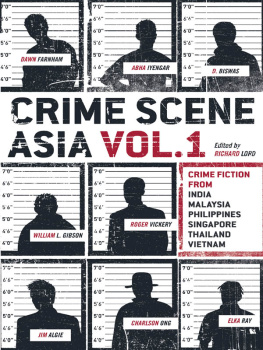



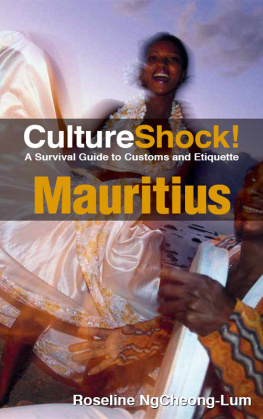

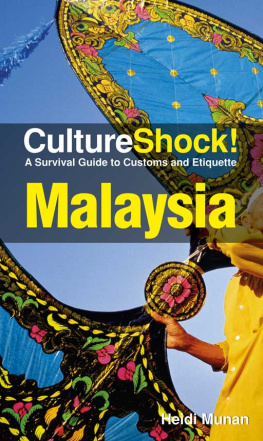
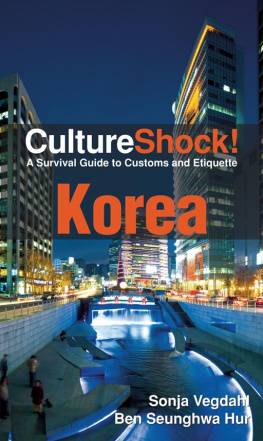
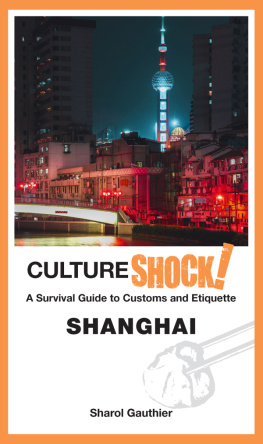
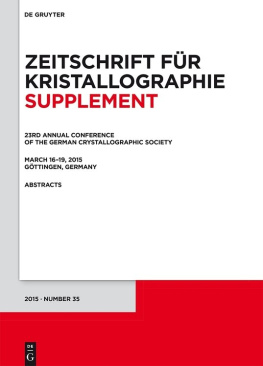

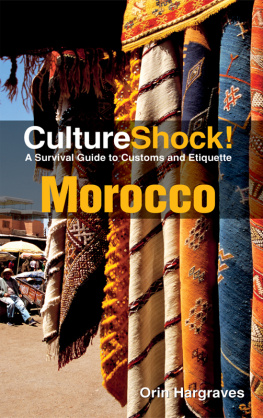



 Marshall Cavendish International. PO Box 65829, London EC1P 1NY, UK
Marshall Cavendish International. PO Box 65829, London EC1P 1NY, UK